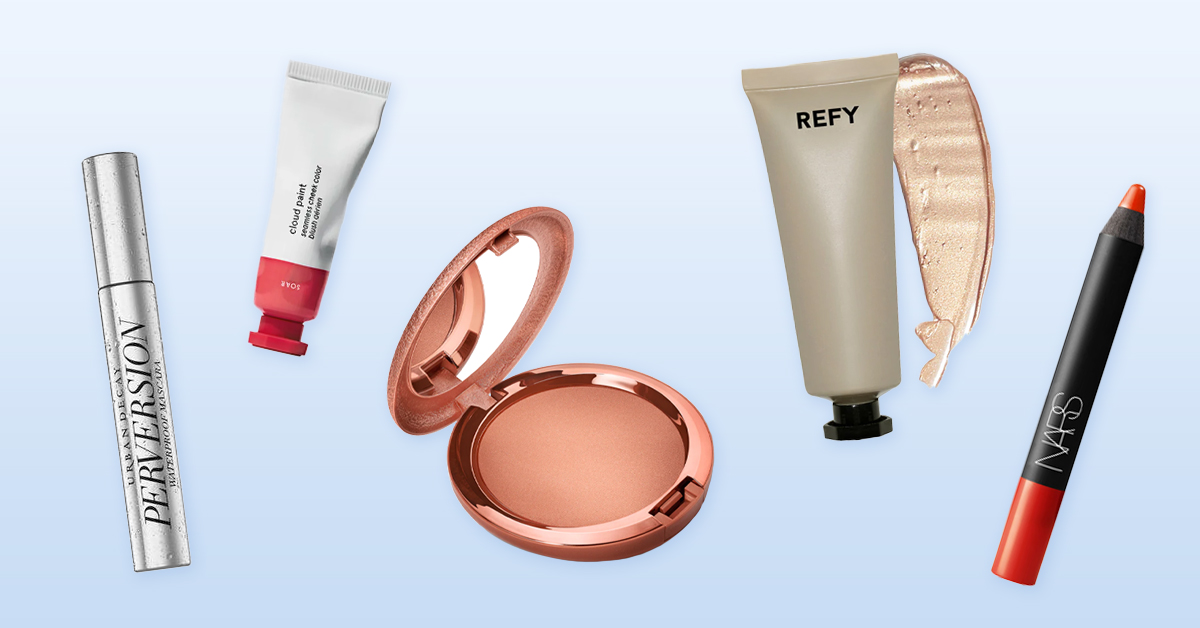Secrets for keeping hands soft and supple
You’re probably washing your hands a thousand times a day to fend off coronavirus and other nasty bugs, but this can strip your skin’s moisture even more. What’s more, breaks in your skin can serve as portals for bacteria and viruses, making it easier for you to get an infection. No thanks!
Got super dry hands? Here are nine dermatologist-approved tips for treating dry, chapped hands:
1. Treat the cracks
If you notice a crack in your skin, you should treat it right away to avoid infection. First, wash your hands, rinsing the crack with water, and washing around it with soap. Then apply an antibiotic cream. If it’s a small break in your skin, then you don’t need to bandage it. But you do need to keep an eye out for signs of infection, like redness, warmth, pain, and swelling.
2. Moisturize immediately after you get out of the shower or wash your hands
Most dermatologists suggest just barely drying your skin, then applying a moisturizer. Why? Because this helps trap water in the surface cells of the skin better than only applying moisturizer to dry skin alone.
3. Apply moisturizer to hands right before bed
Applying a heavy-duty moisturizer to hands right before bed ensures that your skin receives a solid dose of moisture. Target the driest areas on your hands, and then place breathable cotton gloves over them. This will help keep your moisturizer close to your skin while you sleep.
4. Use gloves when you’re doing dishes
It’s always a good idea to wear rubber gloves when you wash dishes at home since harsh soaps in your dish soap can strip away your skin’s natural moisture.
5. Steer clear of soaps containing fragrance, alcohol, and dyes
Soaps that are made with fragrance, alcohol, and dyes can irritate and dry out the skin. Opt for gentle, fragrance-free soaps instead that contain added oils and fats to boost moisture.
6. Skip super hot showers
Regularly showering in scalding hot temps removes essential oils from your skin, causing it to become overly dry and cracked. Try taking a warm shower, which can make a huge difference.
7. Choose the right moisturizer
You should look for hand creams that contain emollients and humectants to achieve around-the-clock protection. Emollients act as lubricants on the skin’s surface. They fill the crevices between cells, keeping the skin soft and smooth, whereas humectants draw moisture from the environment to the skin’s surface. Ingredients such as lanolin, jojoba oil, squalene, glycerin, and hyaluronic acid are all emollients and humectants found in hand creams.
8. Get a humidifier
Higher humidity levels help restore moisture to dry, itchy skin by replacing some of the lost moisture in the air. This is especially important at night when a lot of moisture can evaporate from your skin during the time you spend sleeping.
9. Apply petroleum jelly
Petroleum jelly is an occlusive moisturizer that prevents your skin from drying out. After washing and drying your hands, use some petroleum jelly and a clean pair of cotton gloves to help lock in moisture and speed up healing.
Do you have a strong or weak barrier?
Ultimately, how well your hands can withstand constant handwashing has a lot to do with the strength of your skin barrier. What’s that? The skin barrier is a mix of proteins, lipids, and oils. It protects your skin, and how good of a job it does is mostly genetic. That’s why it’s vital to mitigate dry skin by continually moisturizing hands.
















